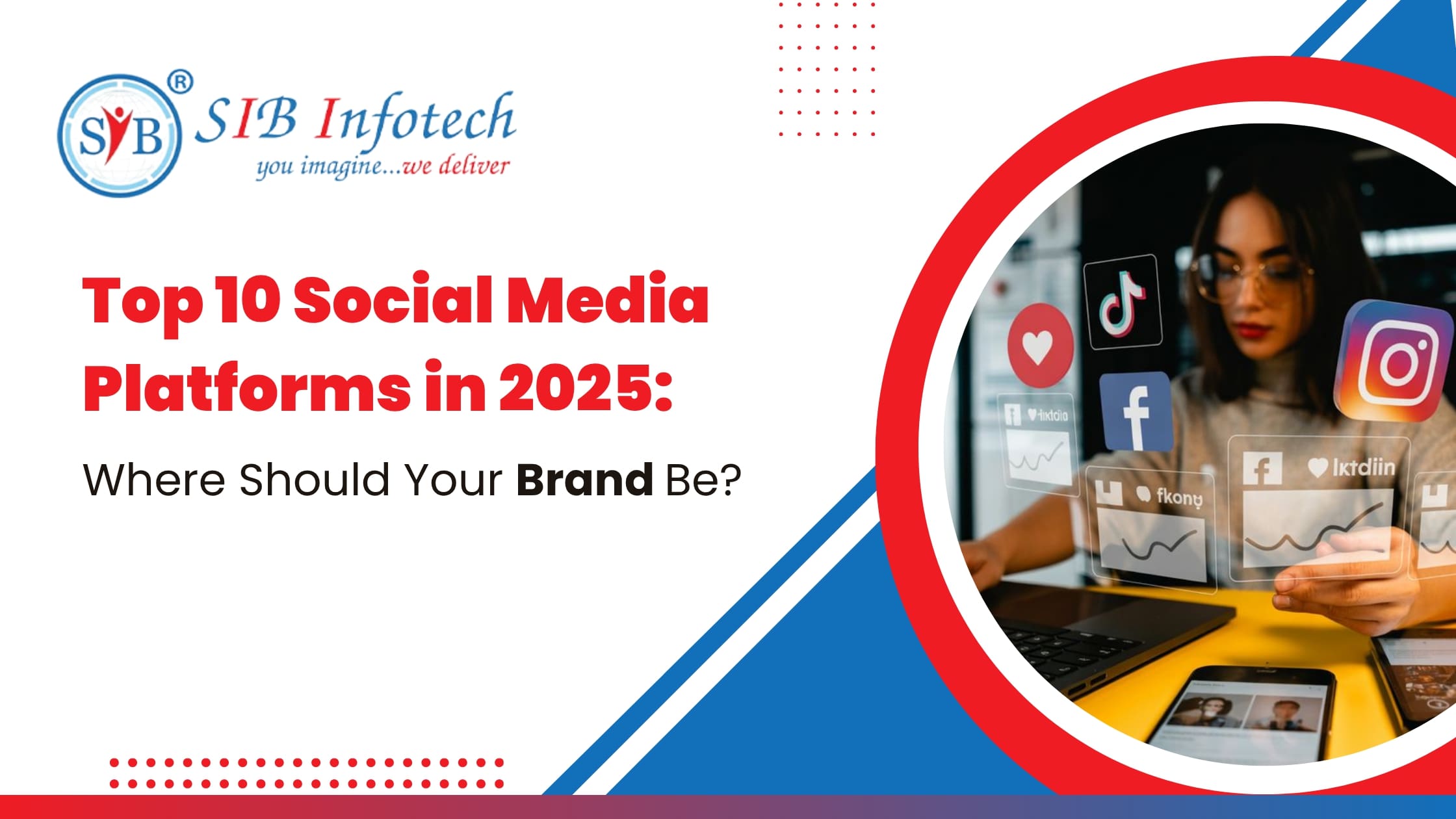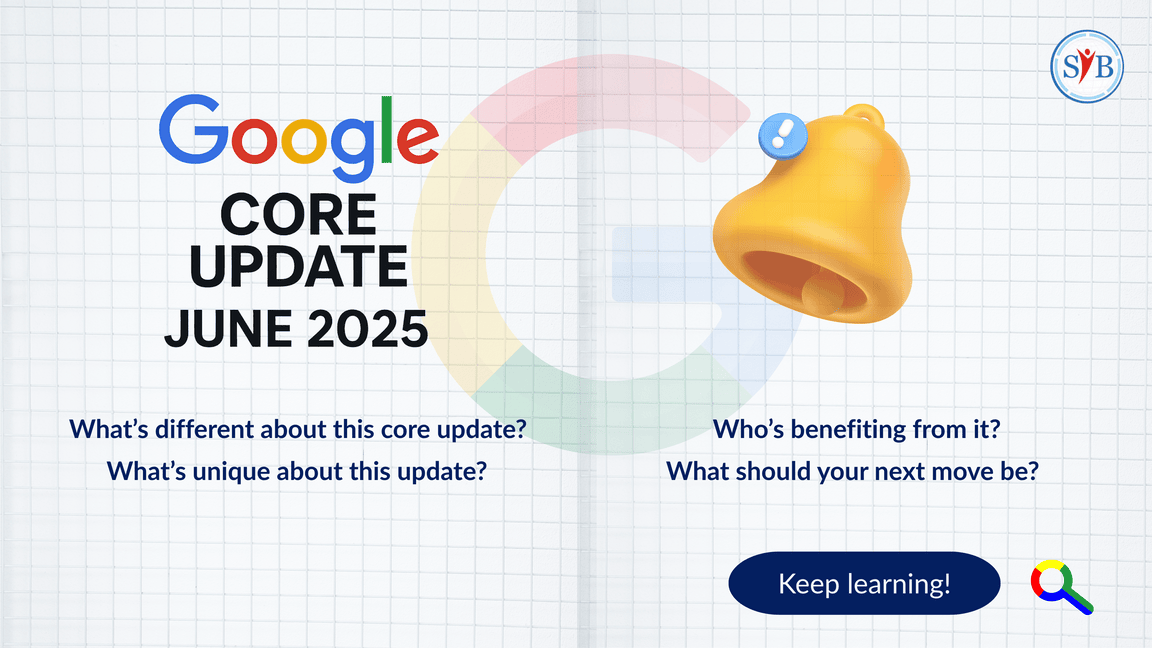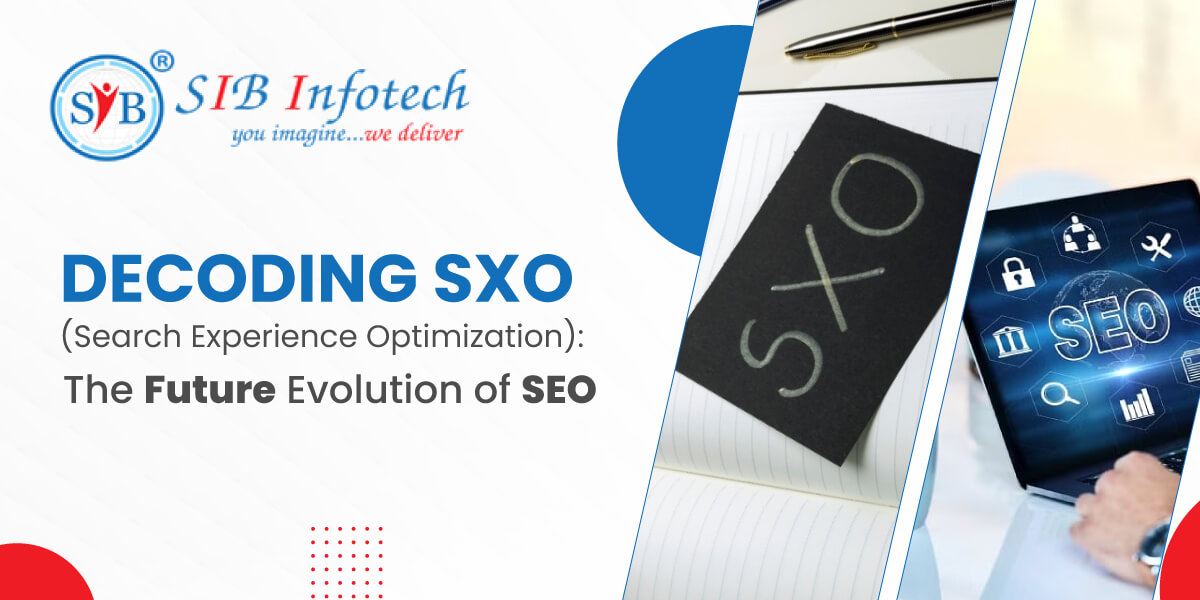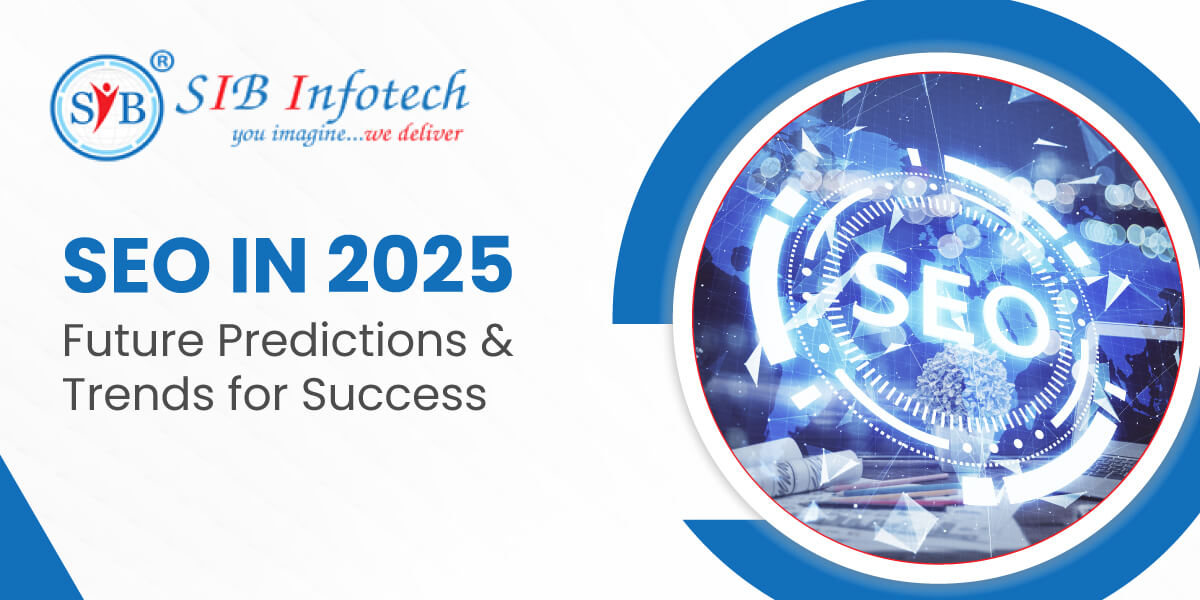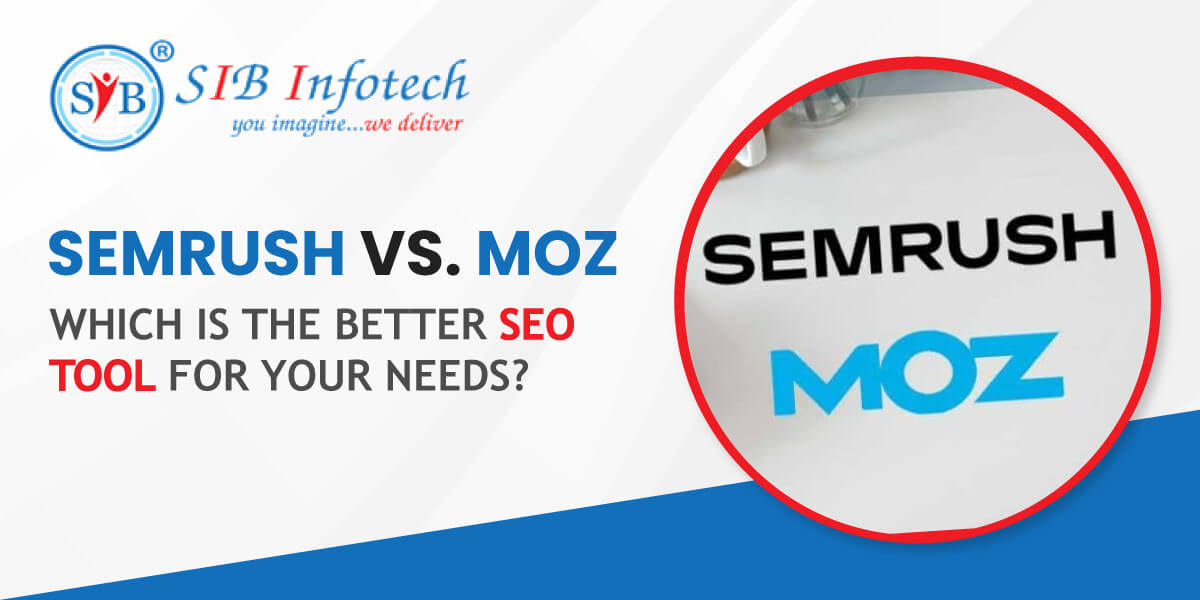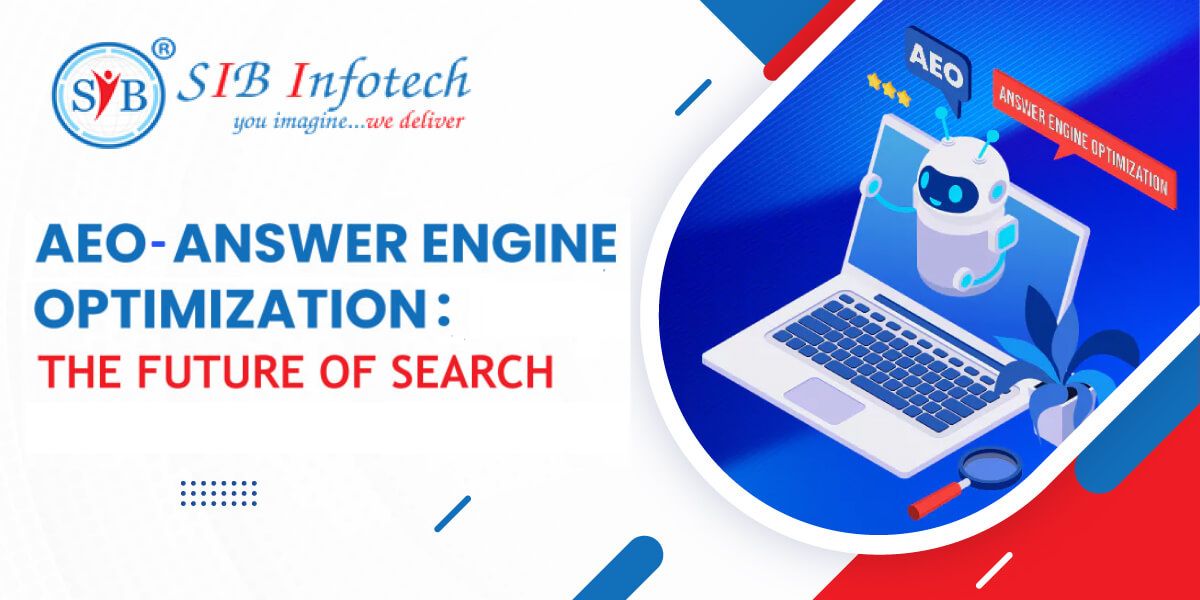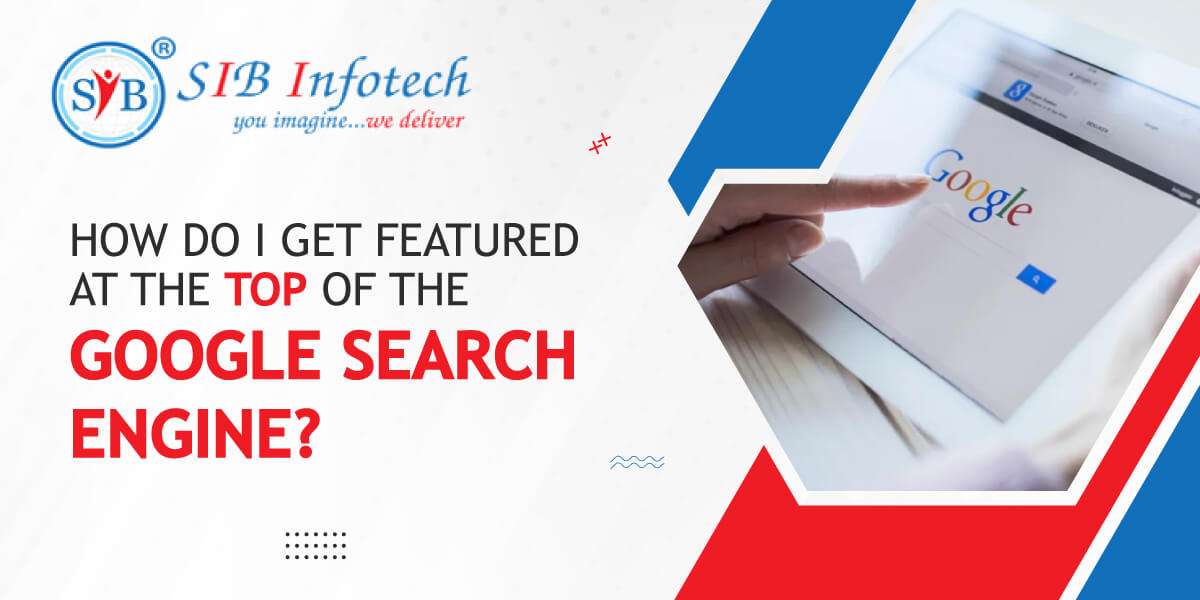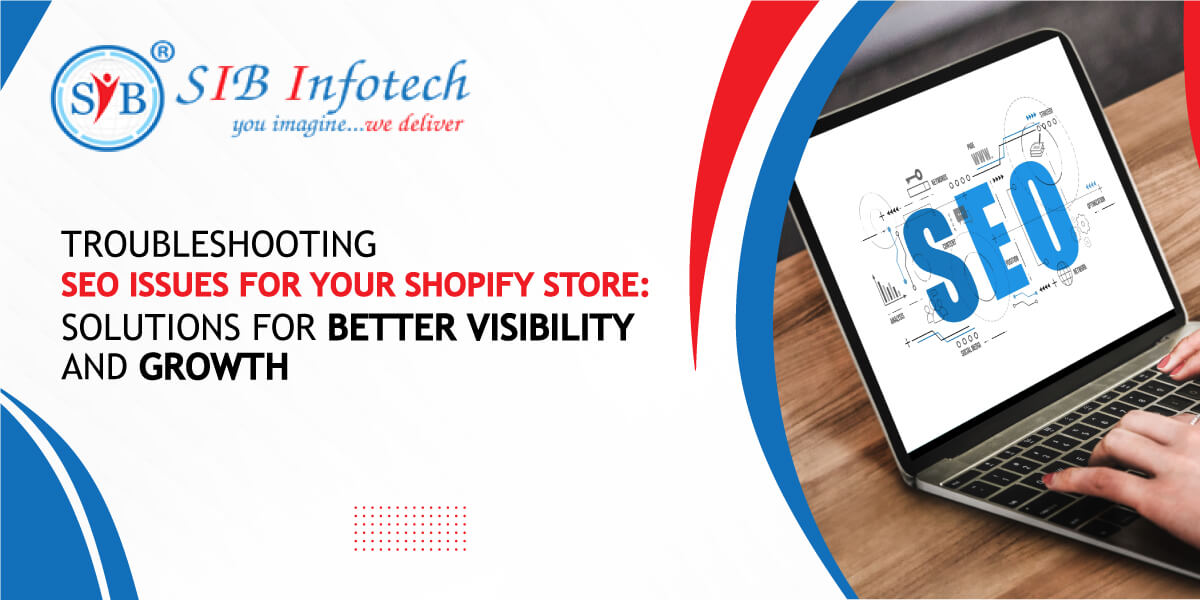LLMs.txt for AI SEO: Game-Changer or Empty Buzzword?
- Sep 11, 2024
Why is Search Engine Optimization (SEO) important for your Business, and what are the steps to Process it
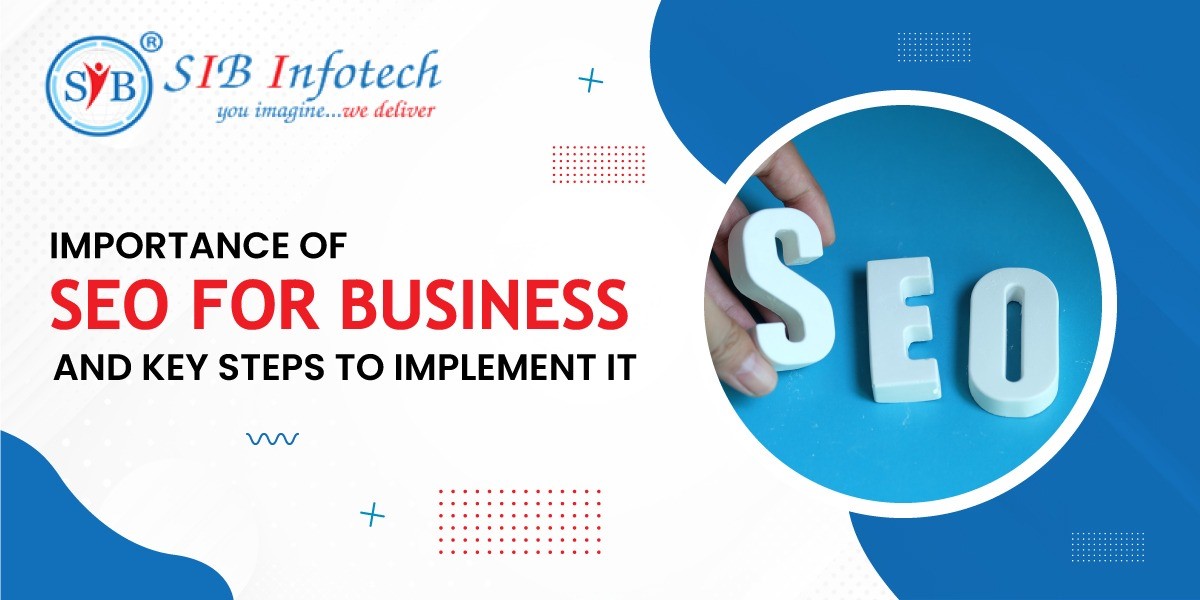
About The Author
Introduction: The Invisible Crisis Facing Small Businesses Today
According to GoDaddy’s recent study, nearly 60% of very small businesses (1–5 people) still operate without a website. Meanwhile, research from Visual Objects shows that 76% of consumers actively check a business’s online presence before visiting in person.
The Disconnect That’s Hurting Local Businesses
There’s a widening gap between what customers expect and what many small businesses are providing online. While people search for products and services digitally, a majority of local businesses are either nowhere to be found — or buried deep in search results.
- 53% of all website traffic comes from organic search
- 68.7% of clicks go to the first three Google results
- Only 0.78% of users ever reach page two
If You’re Feeling Invisible, You’re Not Alone
Many small business owners feel exactly how you might feel right now: frustrated, overwhelmed, and unsure where to begin. You might have:
- A high-quality service or product
- A well-designed website you’ve already invested in
- Strong word-of-mouth and repeat customers
But Something’s Still Missing: Visibility
When people search online for exactly what you offer — they’re not finding you. And in today’s digital-first world, that’s a serious barrier to growth.
That’s where SEO (Search Engine Optimization) comes in — not as a trick, but as a tool to align your online presence with how real people search. And the good news? You don’t need to break the bank to make it work.
What SEO Is Not
SEO isn’t about gaming the system, keyword stuffing, or writing for robots. It’s about helping real people — your ideal customers — discover you at the exact moment they need what you offer.
- Not stuffing dozens of keywords in your content
- Not chasing every Google trend or algorithm update
- Not writing generic blog posts no one will read
What SEO Is
Real SEO is about being discoverable. It's about building trust with both users and search engines. And most importantly — it's about putting your business in front of the people who are already looking for it.
- Helping Google understand your business clearly
- Writing content that answers real customer questions
- Improving technical elements to make your site fast and mobile-friendly
- Appearing on the first page when someone searches locally
What SEO Really Means for Your Business (Beyond the Technical Jargon)
Let’s clear up the confusion around SEO. It’s not about learning algorithms or becoming a digital marketer overnight. It’s about making sure your business gets found when customers are looking for what you offer — and not your competitors.
What SEO Really Means for Your Business
SEO (Search Engine Optimization) is simply the act of making your business visible when people are searching online. Whether it’s products, services, or answers — if your site is optimized, you show up when it matters most.
- Your business appears when someone Googles what you offer
- Your website ranks higher than competitors in your area
- Your brand builds authority and trust through search visibility
Your 24/7 Sales Representative
Unlike paid ads that stop the moment your budget runs out, SEO keeps working — even at midnight on a Sunday. Your optimized website can attract leads around the clock without any additional cost per click.
Bringing You Better Leads, Not Just More
SEO doesn't just bring traffic — it brings motivated customers. People searching online already have a need, which is why:
- Inbound SEO leads convert at 14.6%
- Cold calls and ads convert at only 1.7%
- SEO leads are 8.5x more likely to become paying customers
Your Edge Against Bigger Competitors
Big brands don’t always win. In fact, the businesses that appear on top are usually the ones who took SEO seriously — not necessarily the ones with the biggest budgets. This levels the playing field and gives local businesses a true advantage.
SEO Is Long-Term Business Insurance
Unlike paid ads that vanish once your budget runs dry, SEO delivers compound value over time. Consider this:
- 60% of top 10 Google pages are 3+ years old
- Good SEO work builds authority, trust, and momentum
- It’s not a cost — it’s an asset that grows over time
The Real Business Impact: Why SEO Transforms Companies
Key Industry Statistics
- 46% of all searches on Google are for a local business or local service
- 49% of businesses say that organic search brings them the best marketing ROI
- 71% of small businesses investing in SEO are satisfied with their results
- 28% of local searches result in a purchase
Dramatic Increase in Qualified Leads
When your business appears for relevant searches, you're not just getting more website visitors – you're getting visitors who are actively interested in what you offer.
Research shows that inbound leads from SEO convert at 14.6% compared to outbound efforts like cold calls which have a 1.7% close rate. This means SEO-driven leads are 8.5 times more likely to become paying customers.
The numbers support this: 46% of all searches on Google are for local businesses or services. With over 7 billion searches performed on Google daily, that represents billions of opportunities for businesses to connect with potential customers.
The key insight: People trust businesses that appear at the top of search results. Google's ranking serves as a form of social proof – if Google thinks you're relevant and trustworthy enough to rank highly, customers assume you must be good at what you do.
Significant Reduction in Customer Acquisition Costs
One of the most compelling business cases for SEO is its cost-effectiveness compared to other marketing channels.
| Marketing Channel | Average Monthly Cost | Cost Per Lead | Longevity |
|---|---|---|---|
| Google Ads | $2,500–$8,000 | $50–$200 | Stops when you stop paying |
| Facebook Ads | $1,500–$5,000 | $30–$150 | Stops when you stop paying |
| SEO | $800–$2,500 | $15–$75 | Builds value over time |
| Traditional Advertising | $1,000–$5,000+ | $100–$300 | Limited measurability |
Enhanced Brand Credibility and Trust
Appearing at the top of search results does more than just drive traffic – it fundamentally changes how potential customers perceive your business.
Research shows that 83% of businesses with websites report that their online presence gives them a competitive advantage over businesses without websites.
Businesses ranking in the top three positions are perceived as more credible, established, and trustworthy. Local search stats reinforce this: 45% of consumers are likely to visit a business in-person after finding them via local search, and 28% of those visits result in a purchase.
The trust factor: High search rankings create a halo effect for your brand. Customers assume top-ranking businesses are more established and competent – leading to better conversions and stronger customer relationships.
Geographic Market Dominance
For businesses serving specific geographic areas, SEO helps dominate the local market like no traditional channel can.
Data shows 21% of U.S. consumers search for local businesses daily, 32% do it multiple times per week, and 42% click on results in the Google Maps Pack.
Voice search is amplifying this: 58% of users use voice tech to find local businesses, with 27% visiting a website afterward. By 2025, voice searches are expected to make up 50% of all searches.
The local advantage: Local SEO allows small businesses to outrank national chains in location-specific results. 76% of users who search for nearby services visit a business within a day, and 28% make a purchase – a major competitive edge for locally visible businesses.
The Financial Reality: Understanding SEO's ROI
Let’s Talk Numbers: Making Marketing Investments Count
Traditional Advertising (Radio, TV, Print)
- Average cost: $1,000–$5,000+ per month
- Measurability: Limited
- Targeting: Broad reach, low relevance
- Longevity: Stops when you stop paying
Pay-Per-Click Advertising (Google Ads, Facebook Ads)
- Average cost: $1,500–$10,000+ per month
- Measurability: Excellent
- Targeting: Very precise
- Longevity: Ends immediately when paused
- Avg. Conversion Rate: 2–5%
SEO (Search Engine Optimization)
- Initial Investment: $2,000–$8,000
- Ongoing Maintenance: $500–$2,000/month
- Measurability: Excellent
- Targeting: Highly relevant & intent-driven
- Longevity: Compounds value over time
- Avg. Conversion Rate: 5–15%
The Compound Effect of SEO
SEO works like compound interest—it builds momentum over time:
- Months 1–3: Foundation building
- Months 4–6: Initial rankings & growth
- Months 7–12: Increased traffic and leads
- Year 2+: Exponential visibility and ROI
Cost Analysis: SEO vs. Paid Advertising Over 3 Years
| Time Period | Paid Ads Cost | SEO Investment | Paid Ads Results | SEO Results |
|---|---|---|---|---|
| Month 1–6 | $18,000 | $12,000 | 150 leads | 25 leads |
| Month 7–12 | $18,000 | $9,000 | 150 leads | 85 leads |
| Year 2 | $36,000 | $18,000 | 300 leads | 220 leads |
| Year 3 | $36,000 | $18,000 | 300 leads | 380 leads |
| Total (3 Years) | $108,000 | $57,000 | 900 leads | 710 leads |
Conclusion: Paid ads bring quick results, but SEO builds long-term equity and becomes more cost-effective as time goes on.
How to Implement SEO for Your Business: A Practical Roadmap
Phase 1: Foundation and Assessment (Month 1)
- Search Visibility Audit:
- Search your business and key services in Google
- Check Google Search Console for search performance
- Identify competitors that rank for your main keywords
- Competition Analysis: Analyze top 5 online competitors, their keywords, content, and structure.
- Target Audience Definition: Understand what problems they’re solving and how they search.
| Business Type | Primary Keywords | Long-tail Variations |
|---|---|---|
| Financial Advisor | "financial advisor near me" | "retirement planning help [city]", "401k rollover specialist" |
| Plumber | "emergency plumber" | "24 hour plumbing repair", "water heater installation cost" |
| Restaurant | "best [cuisine] restaurant" | "[cuisine] restaurant with outdoor seating", "family-friendly [cuisine] near me" |
| Dentist | "dentist near me" | "cosmetic dentistry [city]", "dental implants specialist" |
Phase 2: Technical Foundation (Month 1-2)
- Mobile Optimization: Ensure text is readable, buttons are touch-friendly, and loading is fast.
- Site Speed: Compress images, minimize plugins, enable caching, and use fast hosting.
- Tracking Setup: Install GA4, Google Search Console, and conversion tracking.
Phase 3: Content Strategy and Creation (Month 2-6)
- Location-Based Pages: Create city/service-based pages with localized content.
- Educational Content: Create content that answers questions and solves customer problems.
- Service Businesses: How-tos, cost guides, service process
- E-commerce: Tutorials, comparisons, reviews
- B2B: Technical guides, trends, tools
- Optimization: Use keywords naturally, add synonyms, write helpful, original content (~1500+ words).
Phase 4: Local SEO Optimization (Month 2-3)
- Google Business Profile: Claim, verify, and optimize your listing with complete info and photos.
- Reviews: Request, respond, and learn from reviews.
- Local Citations: Submit consistent NAP data to directories, chambers, and industry sites.
- Local Content: Write about local events, customer stories, and area-specific tips.
Phase 5: Building Authority and Trust (Month 3-12)
- Expertise: Publish case studies, industry insights, and speak at events.
- Partnerships: Guest post, collaborate locally, join forums, attend/sponsor events.
- Trust Signals: Add testimonials, certifications, security badges, and contact info.
Common Mistakes to Avoid (That Could Hurt Your Business)
Common SEO Mistakes to Avoid
Mistake 1: Technical SEO Before Customer Understanding
Wrong: Optimizing based on assumptions, not actual user search.
Right: Let real search behavior guide SEO decisions.
Solution: Talk to customers. Use “People Also Ask” and related Google queries.
Mistake 2: Ranking for Everything at Once
Wrong: Overloading one page with 15+ keywords.
Right: Target 3–5 focused search terms, one per page.
Solution: Start small. Expand only after early terms succeed.
Mistake 3: Writing for Bots Instead of Humans
Wrong: Keyword-stuffed nonsense like "best plumber near plumber service".
Right: Use headlines that solve user problems: “When to Call an Emergency Plumber”.
Solution: Human-first content earns engagement and natural keywords.
Mistake 4: Expecting Fast SEO Results
Wrong: Believing major changes will appear in 30–60 days.
Right: Understand SEO takes 3–12 months to yield real results.
Solution: Set long-term expectations. Be patient and consistent.
Mistake 5: Ignoring Local SEO
Wrong: Only chasing broad, national keywords.
Right: Build authority locally first, then expand.
Solution: Optimize Google Business, reviews, and location pages.
Mistake 6: Not Prioritizing Mobile
Wrong: Designing for desktop first, mobile as an afterthought.
Right: Mobile-first responsive design is now essential.
Solution: Test on real phones, compress images, streamline navigation.
Getting Started: Your Next Steps
If You're Handling SEO Yourself
- Week 1: Assessment and Planning
- Set up Google Analytics and Search Console
- Research competitor rankings
- List customer search terms
- Audit mobile-friendliness and speed
- Week 2-4: Foundation Building
- Optimize Google Business Profile
- Create or update main service pages
- Write one helpful content piece
- Submit to local directories
- Month 2-3: Content Development
- Post one blog per week
- Optimize existing pages
- Show customer testimonials
- Monitor progress with tools
If You're Working with an Agency or Consultant
Questions to Ask:
- Experience and Results:
- Examples of similar businesses helped?
- Client results and case studies?
- Can they offer references?
- Process and Strategy:
- Keyword research approach?
- How is content created?
- Progress measurement methods?
- Typical timeline for results?
- Transparency and Communication:
- Are they updated on Google changes?
- Do they provide monthly reports?
- What if expectations aren't met?
Red Flags to Avoid:
- Guaranteed rankings or fast results
- Suspiciously cheap pricing
- Unclear or secretive methods
- No understanding of your business
- No verifiable client feedback
If You're Just Getting Started with a New Business
Priority 1: Local Foundation
- Set up Google Business Profile early
- Use location-relevant domain names
- Create mobile-friendly, simple website
- Collect emails from early visitors
Priority 2: Content Planning
- Write answers to common customer questions
- Plan value-driven blog posts
- Document real experiences
- Highlight your business story
Investment Guidance by Business Size
- Startup/Solo Business ($0–$100K):
- DIY: 10–15 hours/week learning + doing
- Professional SEO: ₹65K–₹1.25L/month
- Focus: Google Profile, local SEO, content basics
- Small Business ($100K–$500K):
- Hybrid: part-time expert + some agency help
- Cost: ₹1.25L–₹3L/month
- Focus: Local SEO, content, technical upgrades
- Growing Business ($500K+):
- Full-service SEO agency: ₹2.5L–₹6L/month
- Hire in-house SEO specialist (₹40L–₹65L/yr)
- Focus: Authority building, scale, tough keywords
The Long-Term Vision: Building a Sustainable Business Asset
Long-Term Value of SEO
As we conclude this comprehensive guide, I want to leave you with a perspective that goes beyond immediate tactics and rankings. SEO, when done correctly, isn't just a marketing strategy – it's about building a sustainable business asset that grows in value over time.
Think about your website and online presence as you would think about prime real estate. Just as a well-located, well-maintained property appreciates in value and generates ongoing income, a well-optimized online presence becomes increasingly valuable as it builds authority and trust in your market.
Changing Customer Behavior
The businesses that thrive in the coming years will be those that understand this fundamental shift: customers no longer just stumble upon businesses through traditional advertising or word-of-mouth alone. They actively research, compare, and choose businesses based on their online presence and the value they provide through digital channels.
Your investment in SEO today is an investment in your business's future sustainability and growth. Every piece of valuable content you create, every customer review you earn, and every search ranking you achieve becomes part of a compound asset that continues working for your business long after the initial effort.
Proof It Works
According to research, 71% of small businesses investing in SEO are satisfied with their results, and 49% of businesses report that organic search brings them the best marketing ROI.
The internet has democratized business success in ways previous generations couldn't imagine. A small business with the right SEO strategy can compete effectively with much larger competitors. A local service provider can become the go-to expert in their area. An e-commerce store can reach customers nationwide without the overhead of traditional retail.
Act Before It’s Too Late
But this opportunity won't last forever as more businesses recognize its importance. The businesses that act now, while many of their competitors are still relying solely on traditional marketing methods, will establish the kind of online authority that becomes increasingly difficult for late-movers to challenge.
Start where you are, with what you have. Whether that means spending an hour this weekend setting up Google Business Profile, writing your first helpful blog post, or researching SEO agencies to work with, the important thing is to begin. Your future customers are searching for you right now. The only question is whether they'll find you or your competitors.
Choose One Action This Week
Your next step is simple: choose one thing from this guide and implement it this week. Whether it's claiming your Google Business Profile, writing one piece of helpful content, or simply talking to three existing customers about how they found you and what they searched for, taking that first step starts building the foundation for long-term business growth.
The opportunity is there. The strategies work. The only thing left is your decision to act.
What will you implement first?
Your business – and your future customers – are waiting.
Frequently Asked Questions
1. How long does SEO take to show results for small businesses?
- Most small businesses see initial improvements in 3-4 months.
- Significant traffic increases by month 6–8.
- Local businesses usually see faster results than national campaigns.
2. What's the minimum budget needed for effective SEO?
- Initial setup: ₹2,000–₹5,000
- Monthly maintenance: ₹800–₹2,000
- DIY requires 10–15 hours per week if handled in-house
3. Should I hire an agency or do SEO myself?
- DIY is viable for local, simple sites with time to spare.
- Hire an agency for faster results or complex, competitive niches.
4. How do I know if my SEO is working?
- Track keyword rankings, organic search traffic, and leads.
- Use Google Analytics & Search Console regularly.
- Expect gradual growth, not overnight results.
5. What's the difference between SEO and Google Ads?
- Google Ads = instant traffic, but stops when budget ends.
- SEO takes time but builds lasting visibility.
- Conversion rate: SEO (5–15%) vs Ads (2–5%)
6. Can I rank number 1 on Google?
- Yes, but focus on ranking top 3 across many keywords.
- Ranking for multiple buyer-intent terms gives better ROI.
7. Do I need to hire someone to write content?
- Write it yourself if you’re the subject expert and consistent.
- Hire writers if you're short on time or content quality suffers.
8. How often should I update my website content?
- Post 1–2 quality blog articles monthly.
- Update service pages quarterly.
- Focus on usefulness over frequency.
9. What if my competitors are already ranking well?
- That proves SEO demand exists in your niche.
- Target long-tail keywords and content gaps they’ve missed.
- Emphasize your unique expertise and value.
10. Is SEO worth it for service businesses?
- Yes! SEO can drive 50–200% more qualified leads.
- Service businesses benefit from high-intent local traffic.
- Success depends on focusing on local keywords and content.
.webp&w=3840&q=100)

